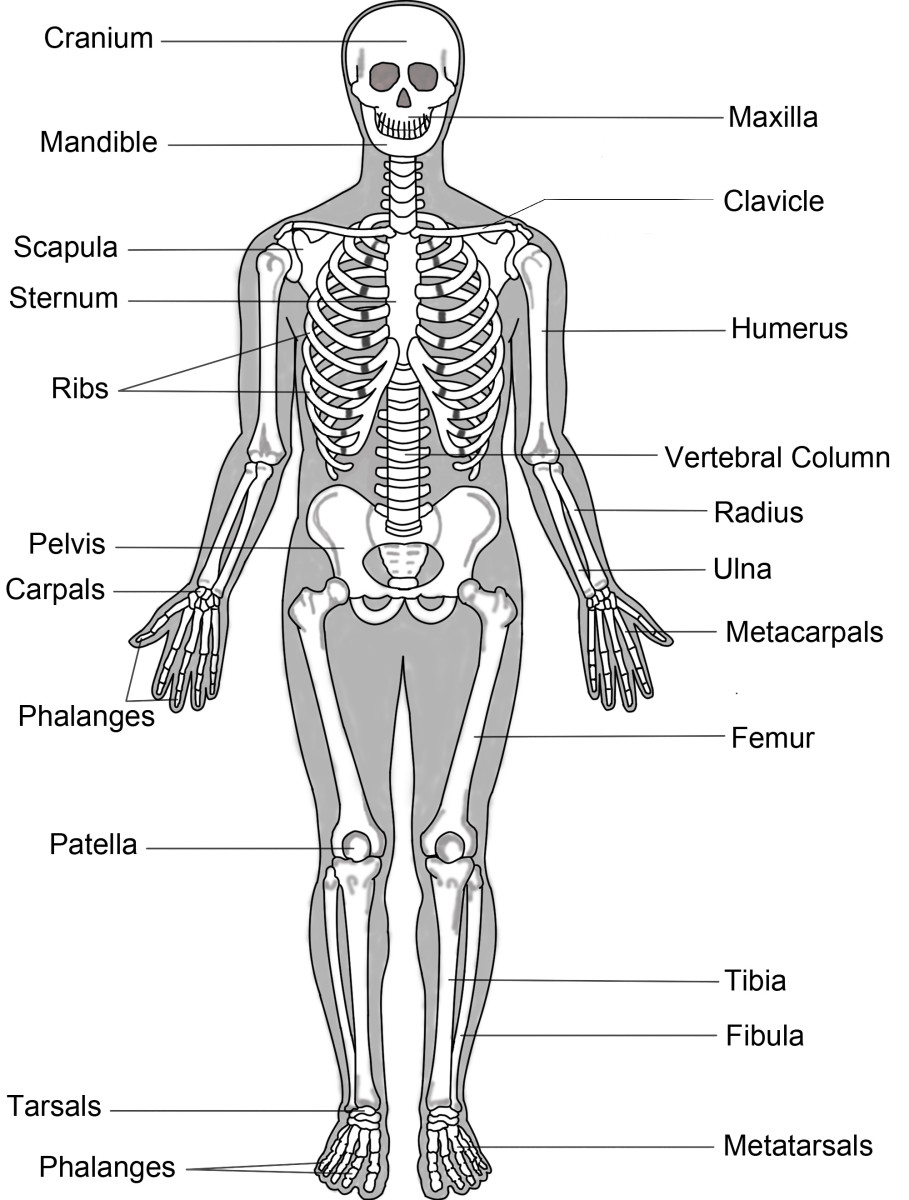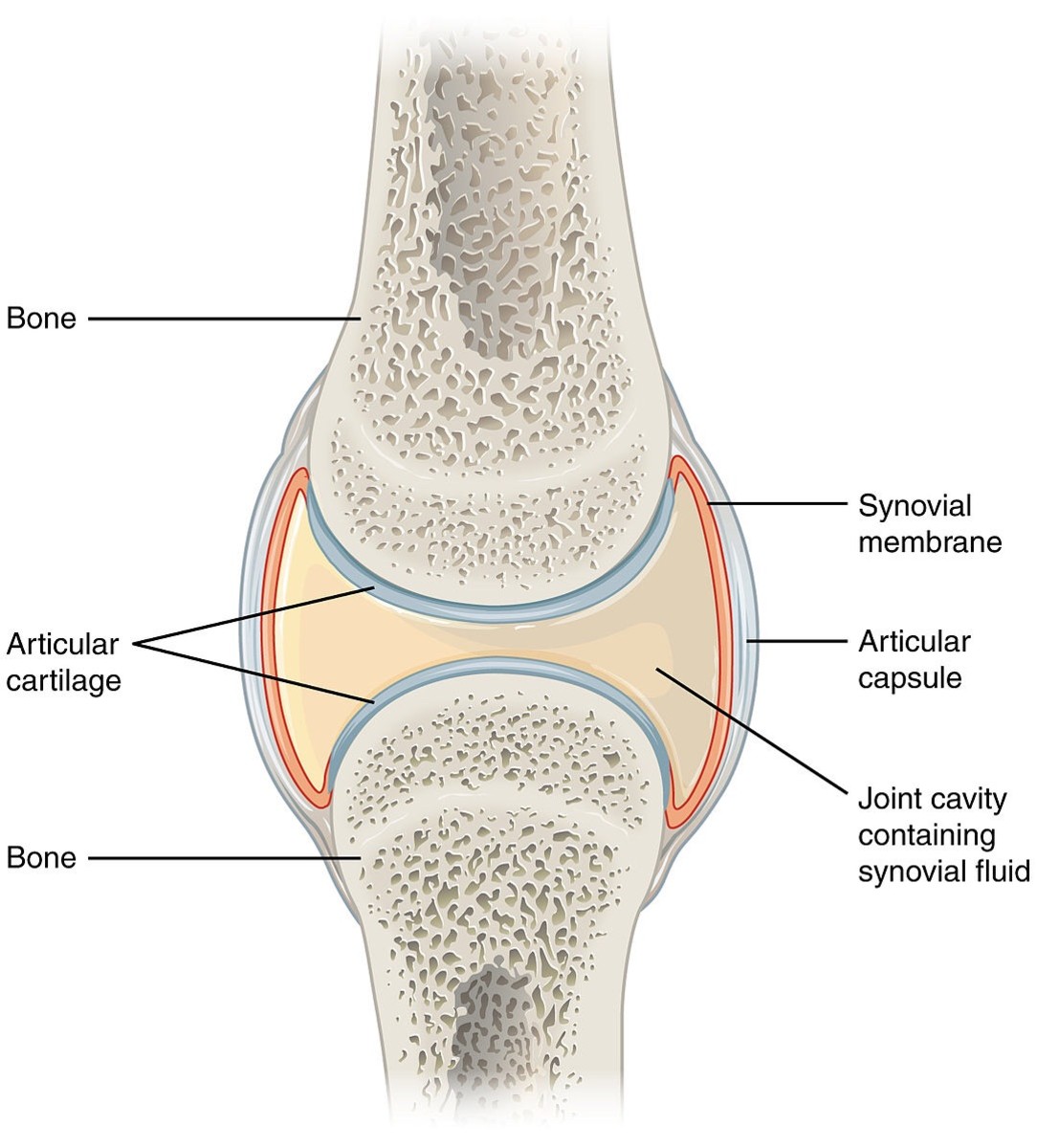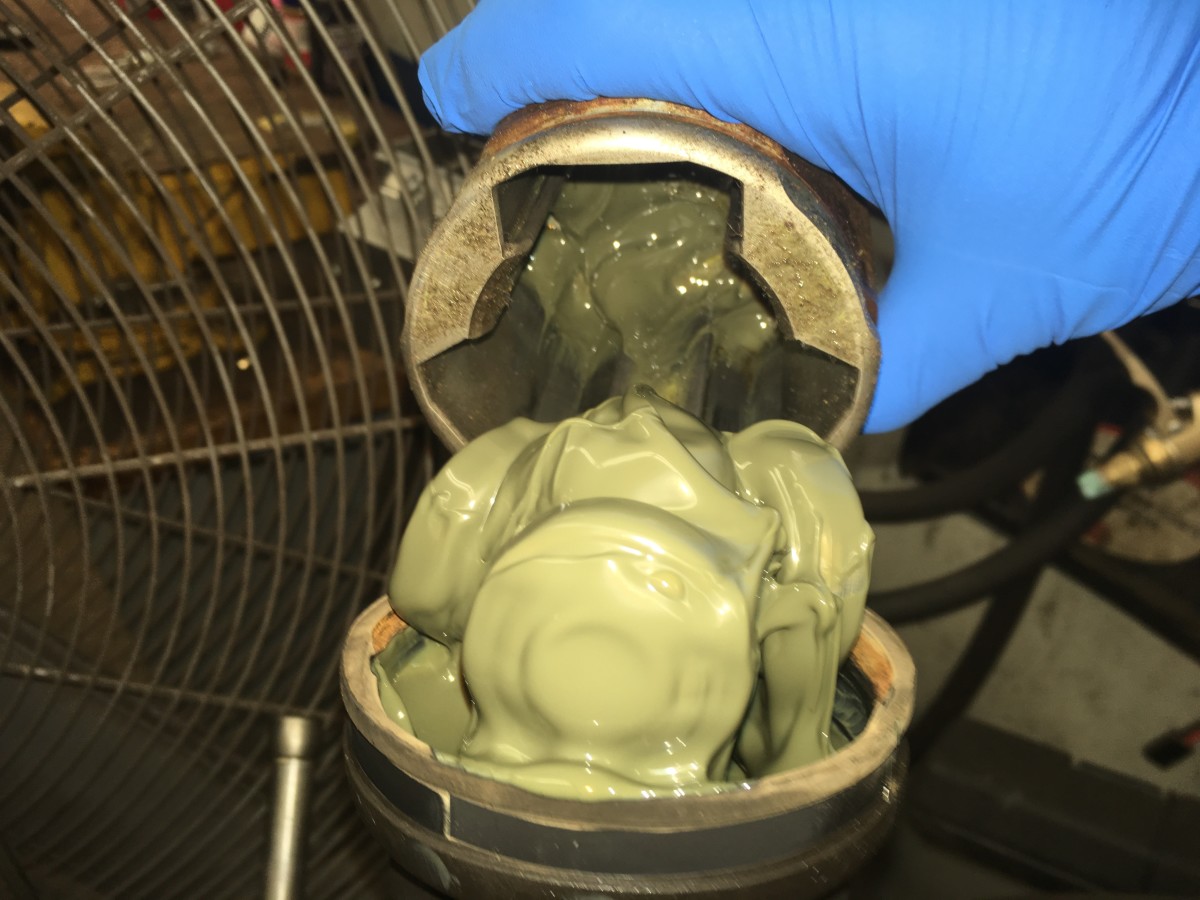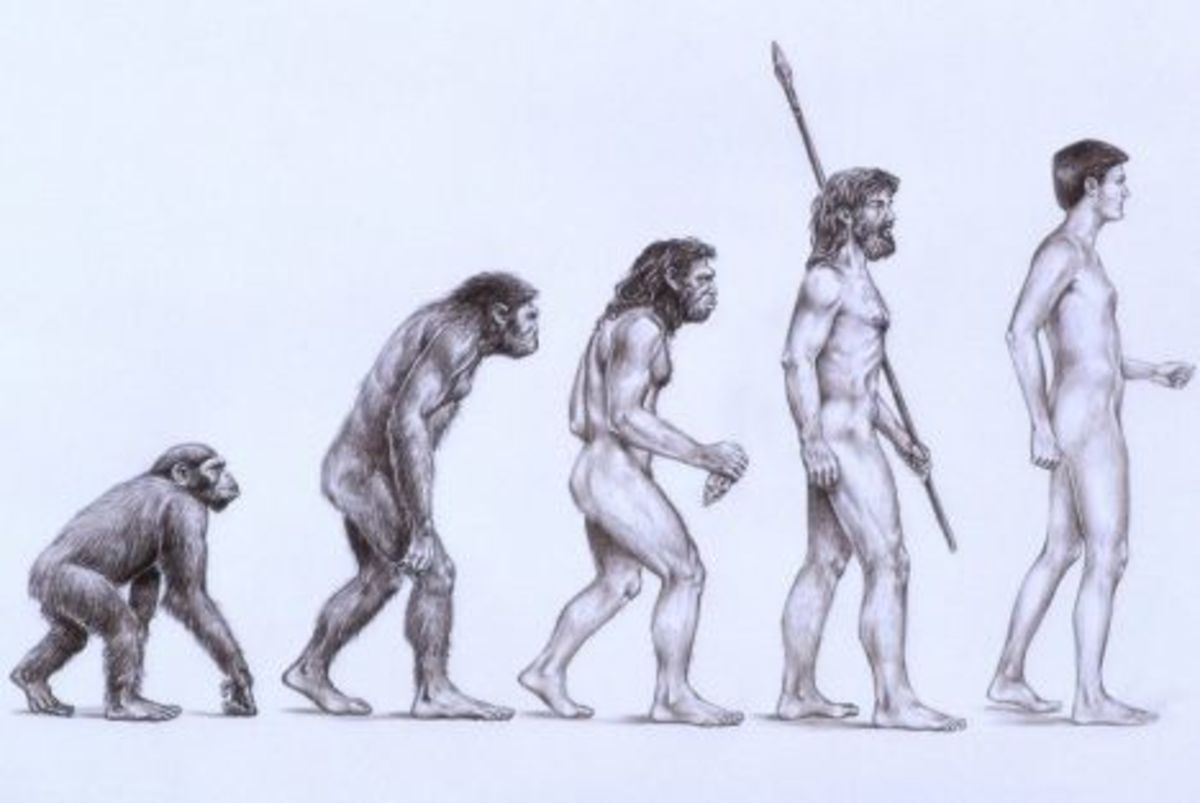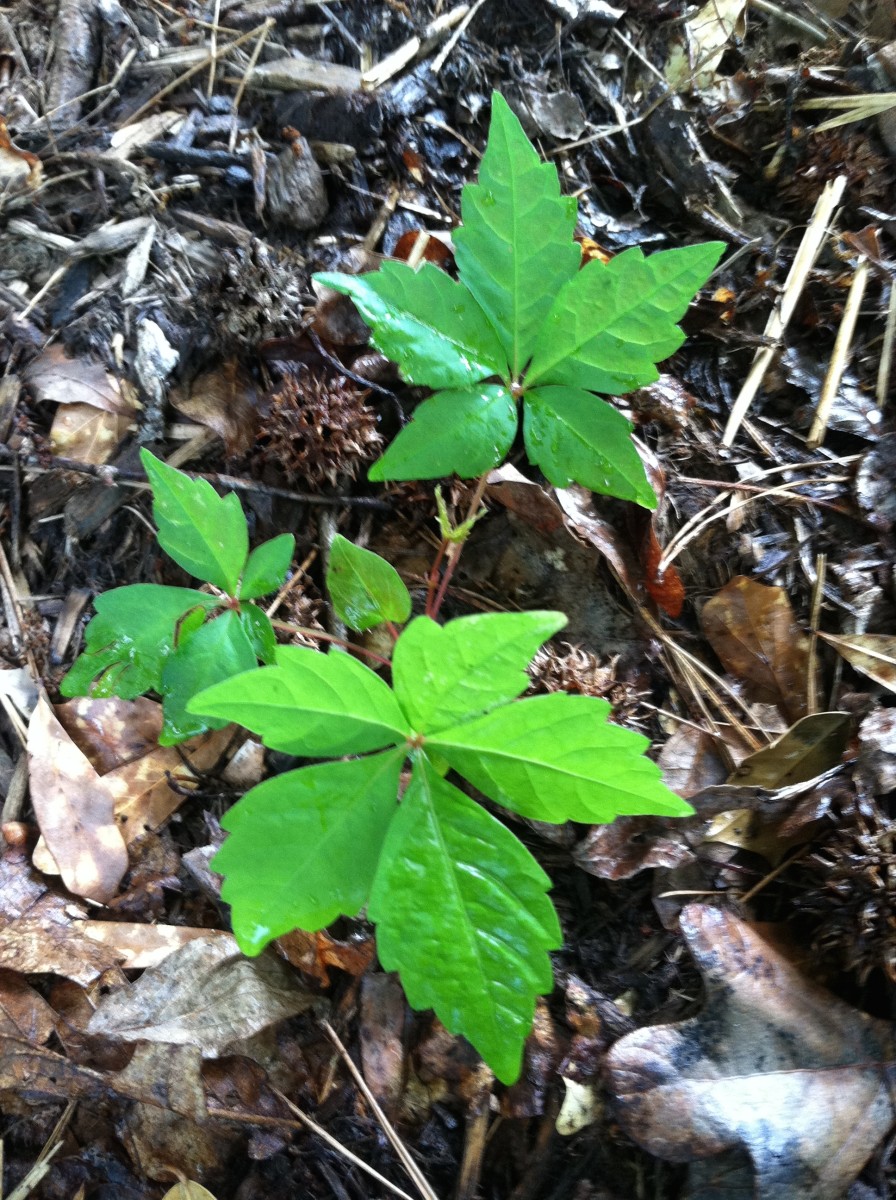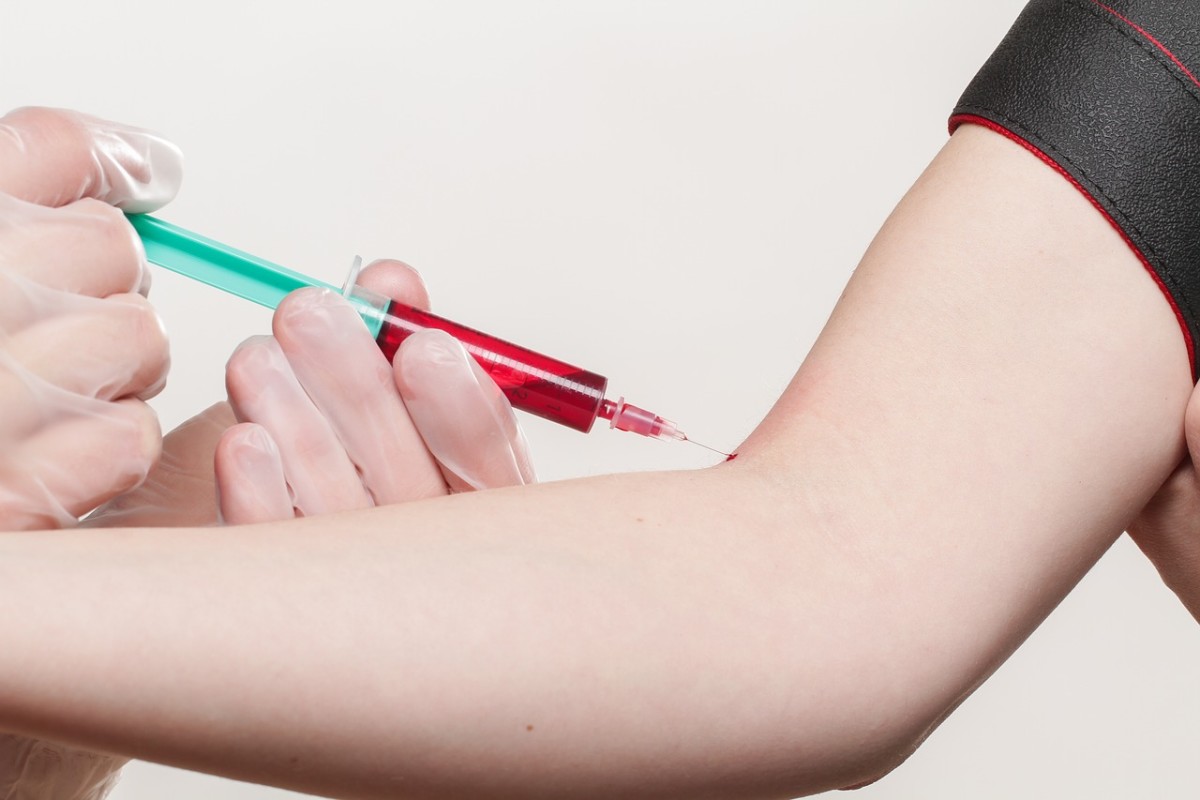Anatomical skeleton
Anatomical skeleton
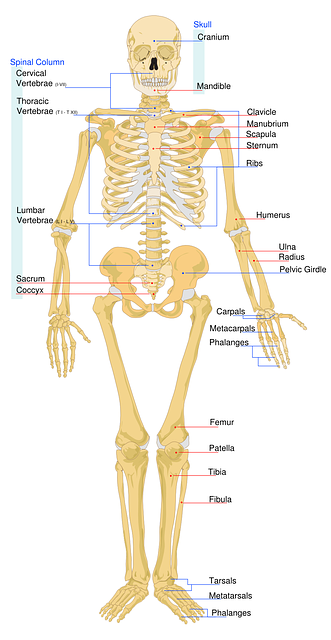
Anatomical skeleton
The anatomical skeleton is a framework of bones. This framework of bones encloses and protects all the internal organs and gives support, shape and strength to the body. There are 206 bones in the body of an adult human being.
The human skeleton consists of the skull, the backbone, the ribcage and two pairs of limbs - the forelimbs and hindlimbs.
The longest bone in the body is called femur or thigh bone. The smallest bone in our body is called stirrup. It is located in the middle ear.
Do you know ?
When you were born, there were 350 bones in your body. Slowly, some of the bones fuse together.
The skull
Top most portion of our anatomical skeleton is called skull. The bones of the head make our skull. The skull has 22 bones. Eight flat bones interlock together to make a brain box. It protects our brain. There are 14 bones in the facial region. The only bone in the skull that can move is the lower jaw. This enables us to talk and eat. The upper jaw and lower jaw have teeth.
The skull
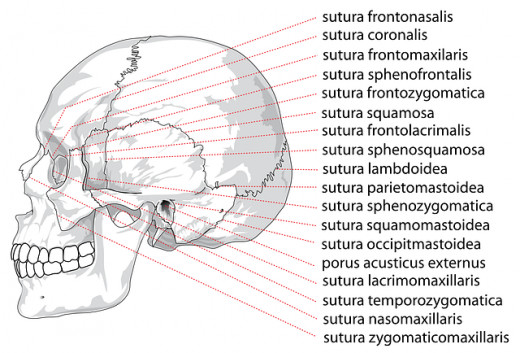
Do you know ?
Enamel (outer covering of our teeth) is the hardest substance in our anatomical skeleton. It is harder than bones. If broken, enamel cannot be repaired.
Teeth enamel

The backbone or spine
The backbone, also called spine, extends fro the neck downwards to the hips. It is not straight. It has a shape of 'S'. The backbone is made of 33 small bones called vertebrae (singular-vertebra). This is what connects upper part of our anatomical skeleton to the lower part of it.
The backbone gives elasticity to our anatomical skeleton or say our body. We can bend our body forward, backward, left or right with the help of the backbone. The backbone protects the spinal cord.
To keep our backbone healthy, we should maintain a correct posture.
The backbone
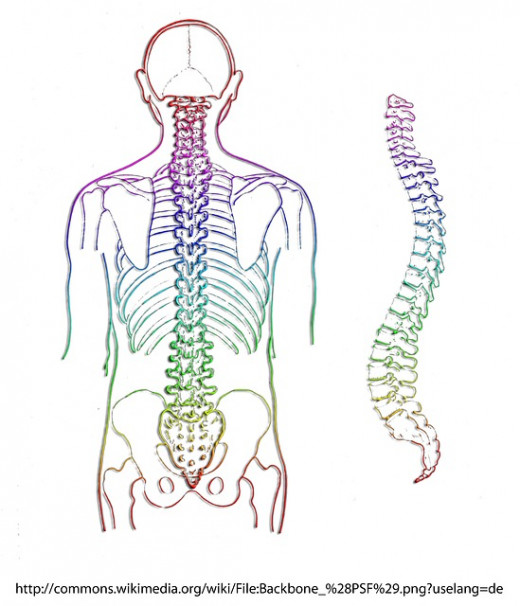
The Ribcage
The bones located in our chest are called ribs. There are 12 pairs of ribs altogether. They make a cage called ribcage. The ribcage protects the heart and lungs.
However, all parts of our anatomical skeleton are important , but this is one of the most important part of human anatomical skeleton. Cause ribcage protects our heart, the most important organ of our body.
The ribs are delicate, curved bones which are joined to the bones in the back and the long bone called sternum in the front. The lowest two pairs called the floating ribs are joined to the backbone only.
Ribcage
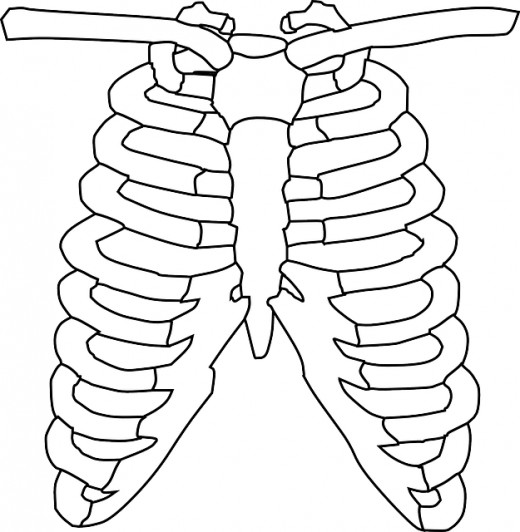
The Limbs
We have two pair of limbs in our anatomical skeleton:
- Forelimbs or arms.
- Hindlimbs or feet.
The leg also has three more bones:
- Humerus (in the upper arm).
- Radius and ulna (in the lower arm).
Wrist, palm and fingers have a number of small bones.
The leg also has three bones:
- Femur (thigh bone).
- Tibia and fibula (in the lower leg).
Our toes are also made up of many small bones.
Do you know ?
Our arms and feet have the same number of bones - 26.
Bone marrow
The long bones of the anatomical skeleton are hollow and are filled with a soft, fatty substance called bone marrow.
Functions of the anatomical skeleton.
- The bones of the anatomical skeleton give shape, strength and support to our body.
- They protect the internal organs.
- The skull protects the brains and the backbone protects the spinal cord. The ribcage protects the lungs and heart.
- The eyeballs rest inside the bony eye socket.
- White blood cells and red blood cells are produced by the bone marrow.
So, we can simply say that complete anatomical skeleton is built to give shape, strength, support to our body and to protect the inner organs of our body.
Girdles
There are two pairs of girdles in our anatomical skeleton:
A pair of shoulder girdles - It helps to join the upper arm with backbone.
A pair of hip girdles - Upper limbs are attached to the backbone with the help of hip girdle.
Anatomical skeleton
Joints
A joint is a place where two or more bones meet. They are held together by strong tissues called ligaments. We can move, twist or turn our bodies with the help of joints. Our anatomical skeleton has more than 100 joints. They help in the movement of different organs of our body.
All the joints except those in the skull are movable. The kinds of joints in our anatomical skeleton are the ball-and-socket joint. the hinge joint, the pivot joint and the gliding joint.
Ball and socket joints
They are found in the hip and shoulder. They allow free movements in all directions.
Hinge joint
It allows the movement in only one direction, just like hinges in a door. It is found in the knee and elbow.
Pivot joint
It is found between the first two vertebrae of the backbone. It allows our head to move sideways, upward and downward.
Gliding joint
It is found in the bones of the wrist and ankle. It s also found between any two vertebrae of the backbone. It allows bones to slide against each other in a gliding motion.
Joints of anatomical skeleton
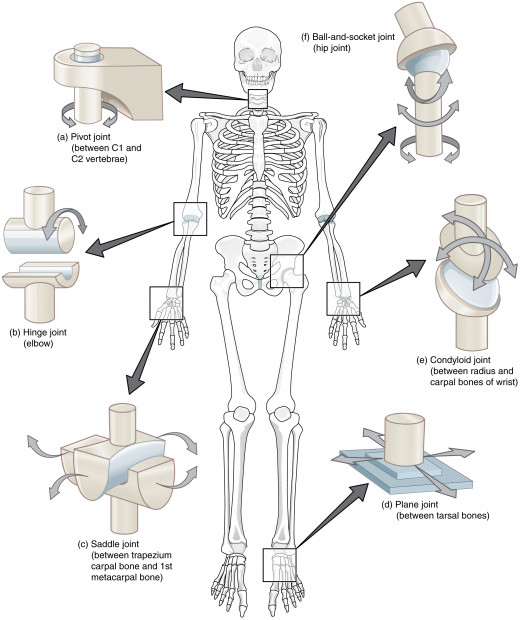
The muscular system
The muscular system is made of muscles. The body of an adult has about 650 muscles. The muscles tighten and relax to produce movement.
Muscles are attached to the bones of anatomical skeleton by strong fibers called tendons. These fibers become stronger with regular exercise. Muscles bend our arms and knees, allows us to inhale air, chew our food and make our heart beat.
Thus, muscles account for all types of body movements. There are two kinds of muscles in our anatomical skeleton. They are:
- Voluntary muscles.
- Involuntary muscles.
Muscles whose actions are under our control are called voluntary muscles, e.g., muscles of hands and legs. their cells have bands or stripes on them. that is why they are called striped muscles.
Muscles whose movements are not in our control are called involuntary muscles. The cells of these muscles do not have stripes on them and so they are called smooth or unstriped muscles. They work automatically. Muscles of the heart, stomach, eyes, etc. are involuntary muscles.
Cardiac muscles are present in the heart. they make the heart beat. These muscles are involuntary in function, but have the structure of voluntary muscles.
Conclusion and facts:
- There are 206 bones in our anatomical skeleton.
- Bones give shape, support and strength to our body.
- The skull is made of 22 bones and protects the brain.
- The ribcage is made of 12 pairs of ribs and protects the heart and lungs.
- The arms and legs have 26 bones each.
- The place where two or more bones meet is called a joint.
- Muscles help in the movement of our body parts.
- Voluntary muscles work according to our wish whereas involuntary muscles work automatically.

